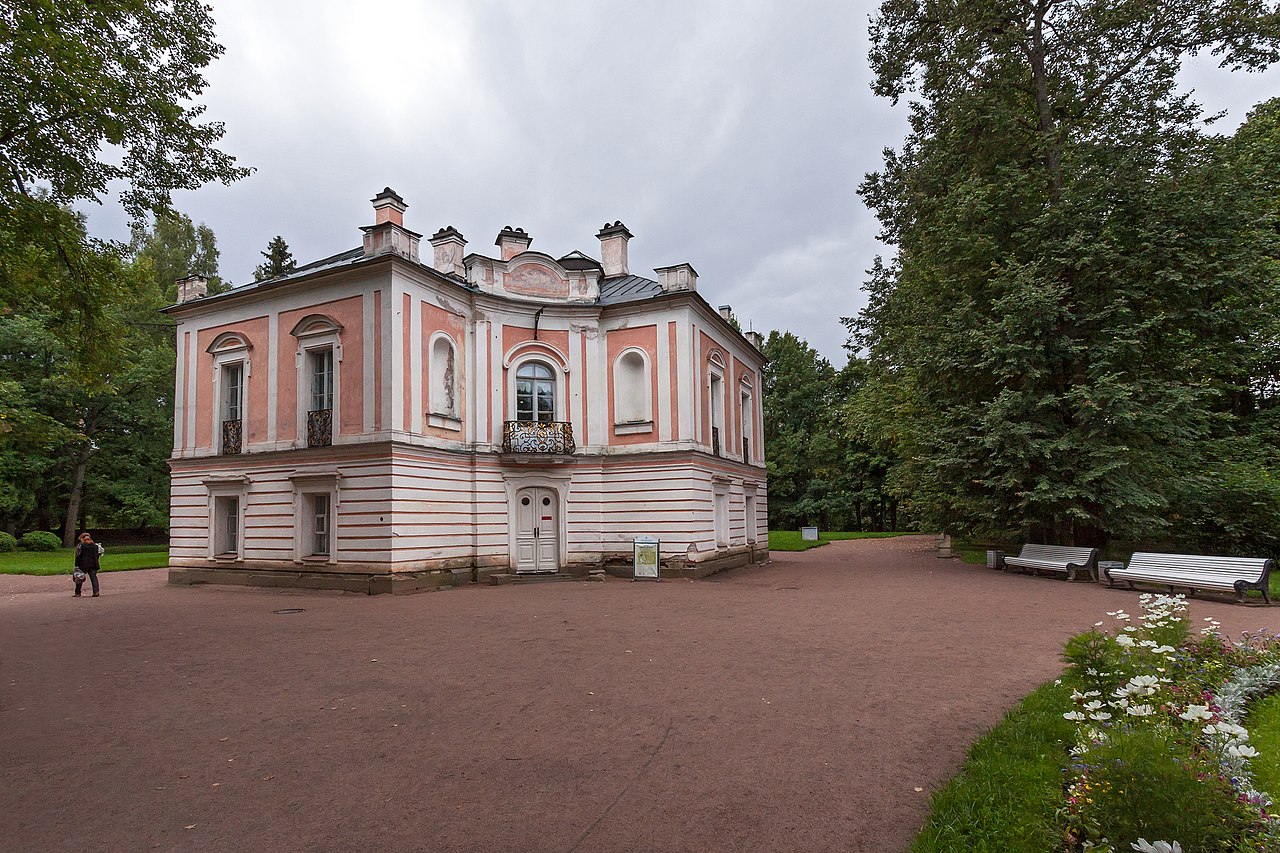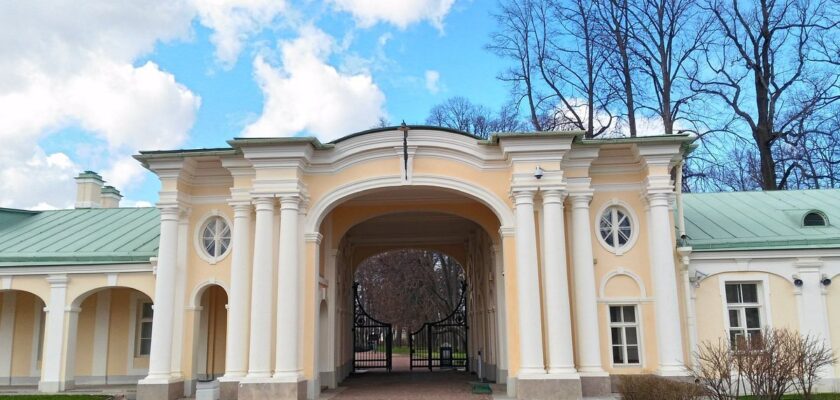Oranienbaum is an 18th century palace and park ensemble in the town of Lomonosov, which is part of the Peterhof State Museum-Reserve and is included in the UNESCO World Heritage List along with the historic center of St. Petersburg. Occupying an area of 165 hectares, the attraction is located on the shore of the Gulf of Finland and is connected to it by the Sea Canal.
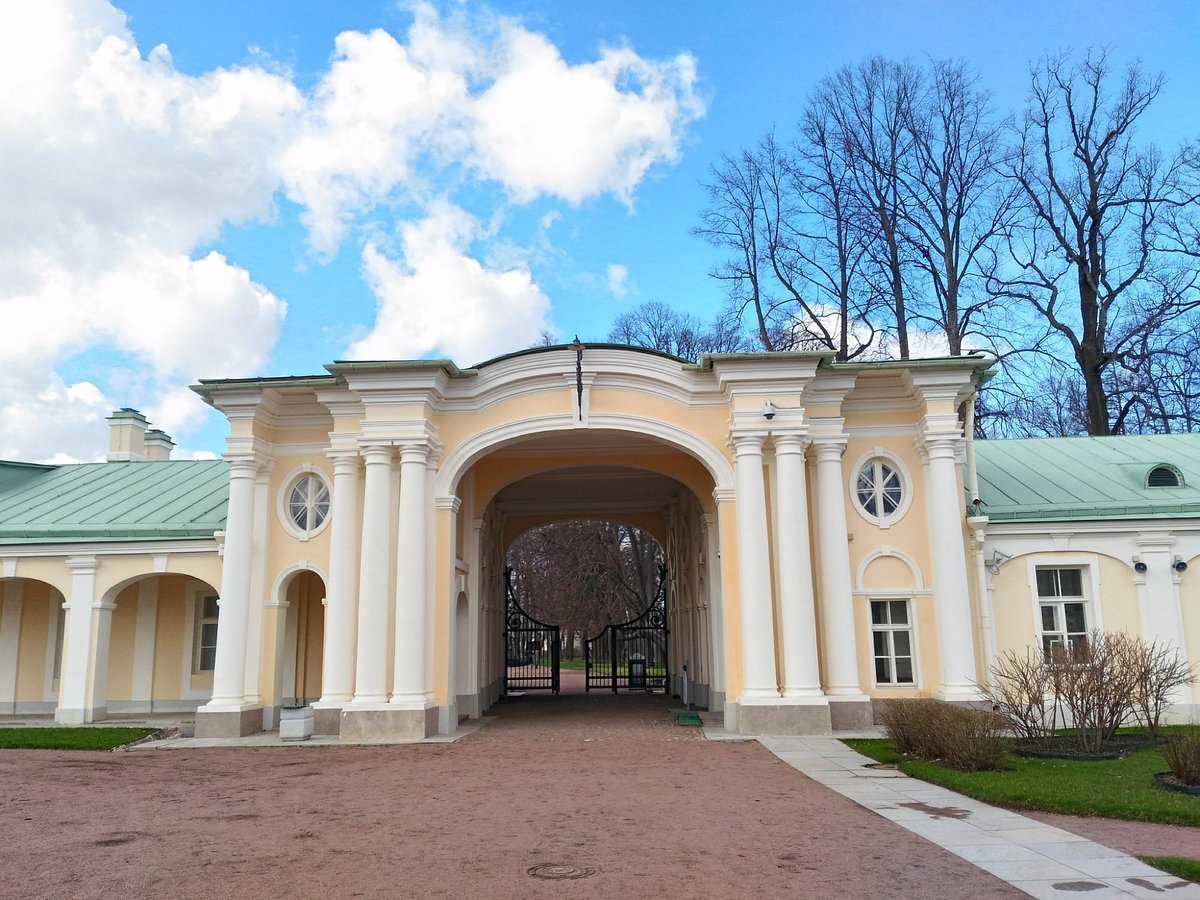
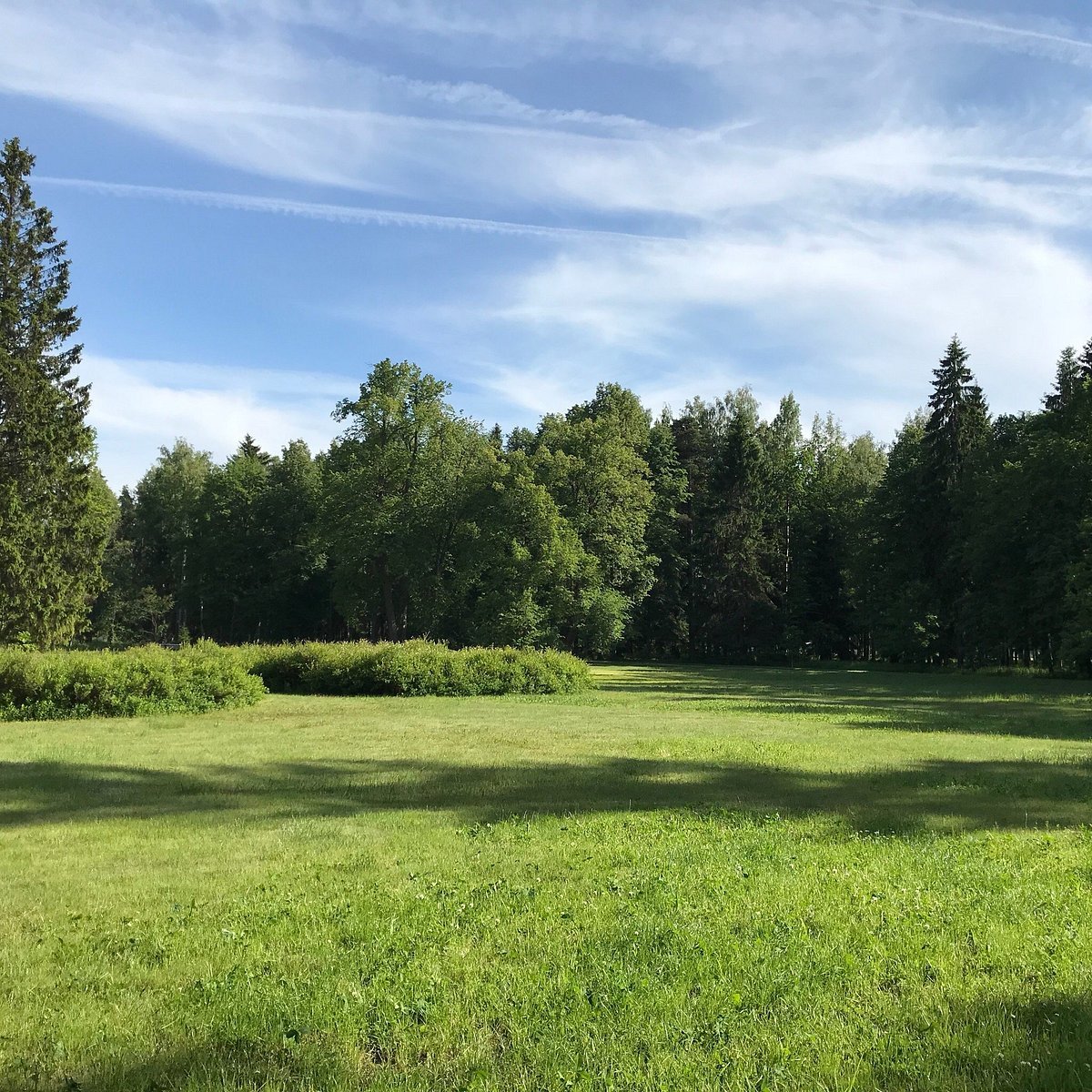
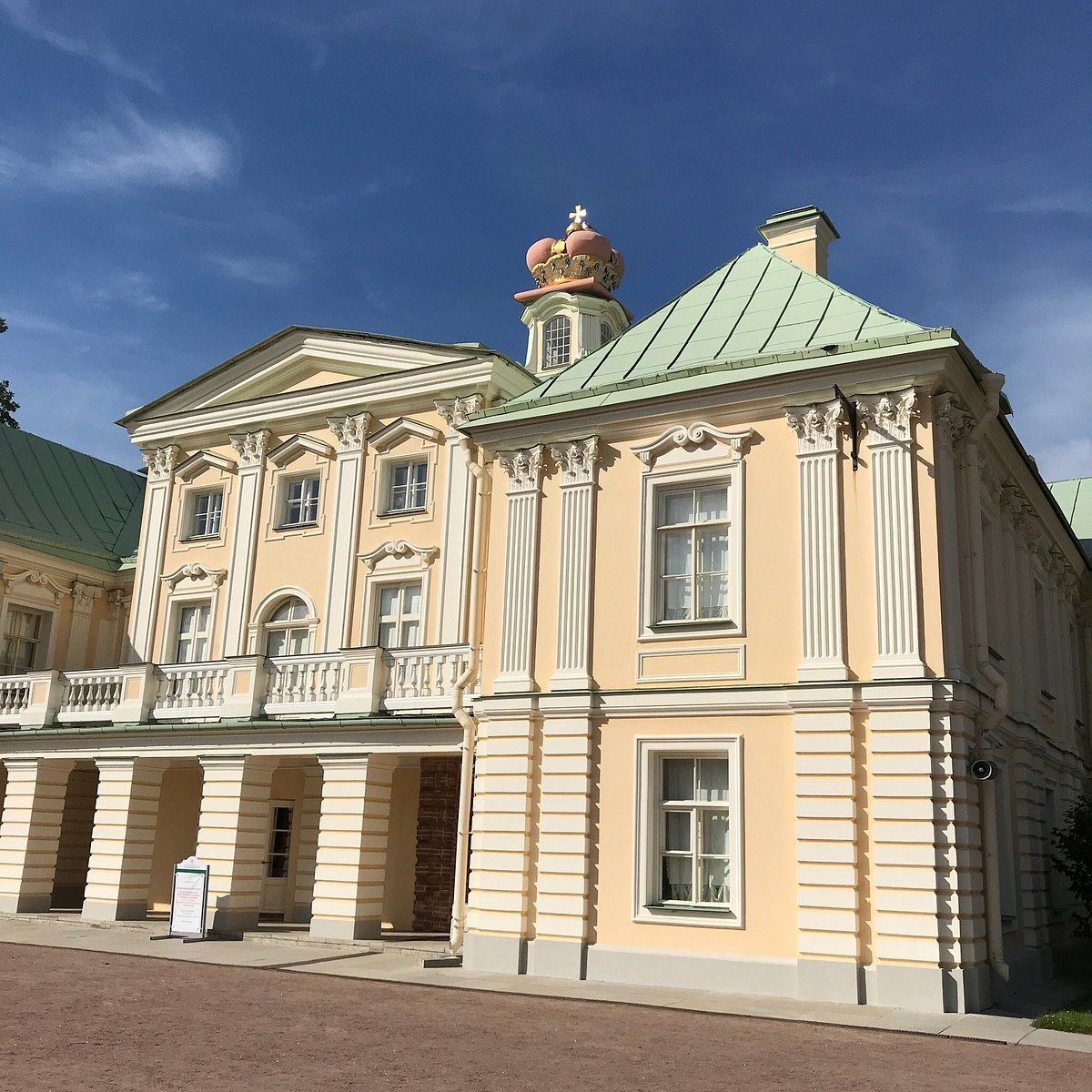
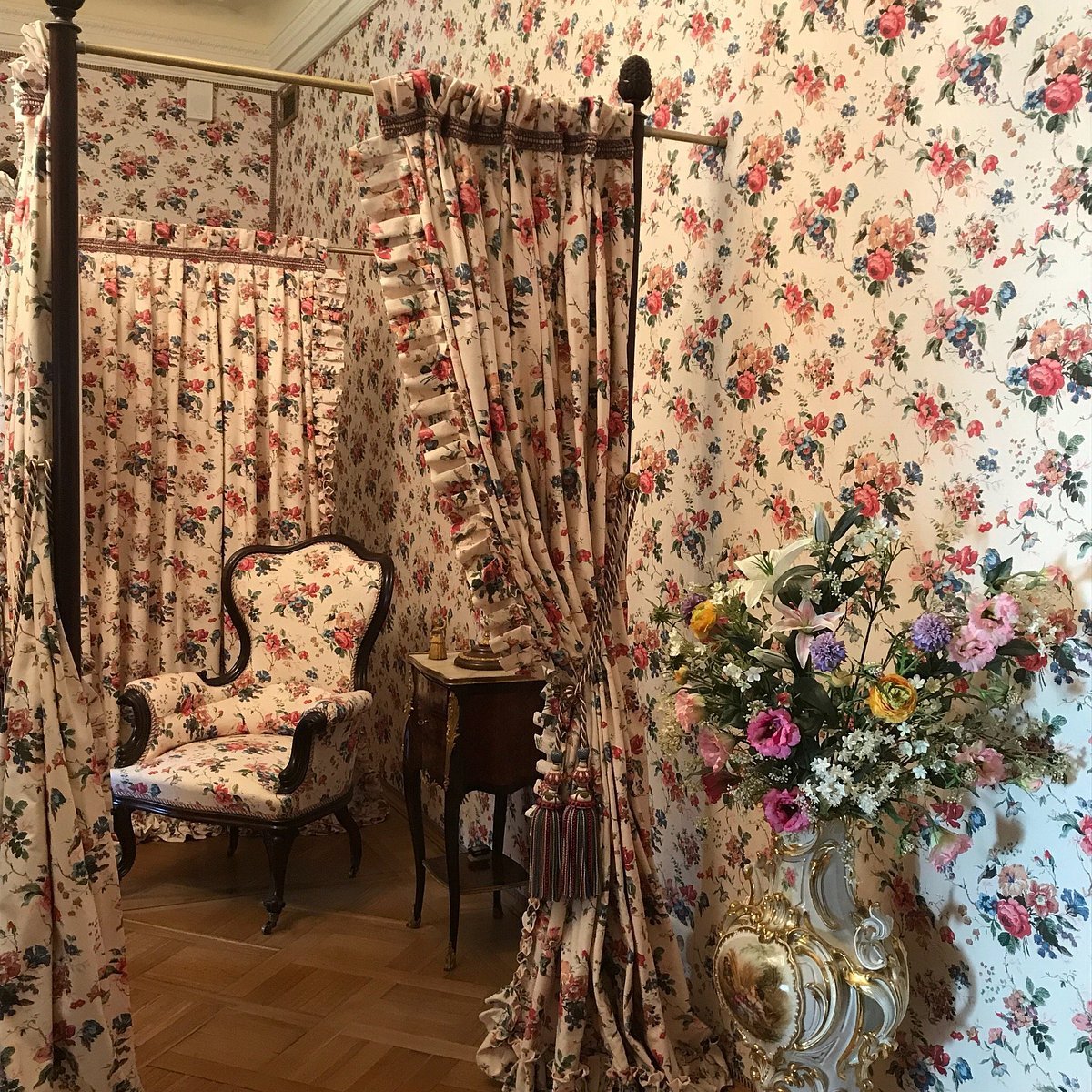
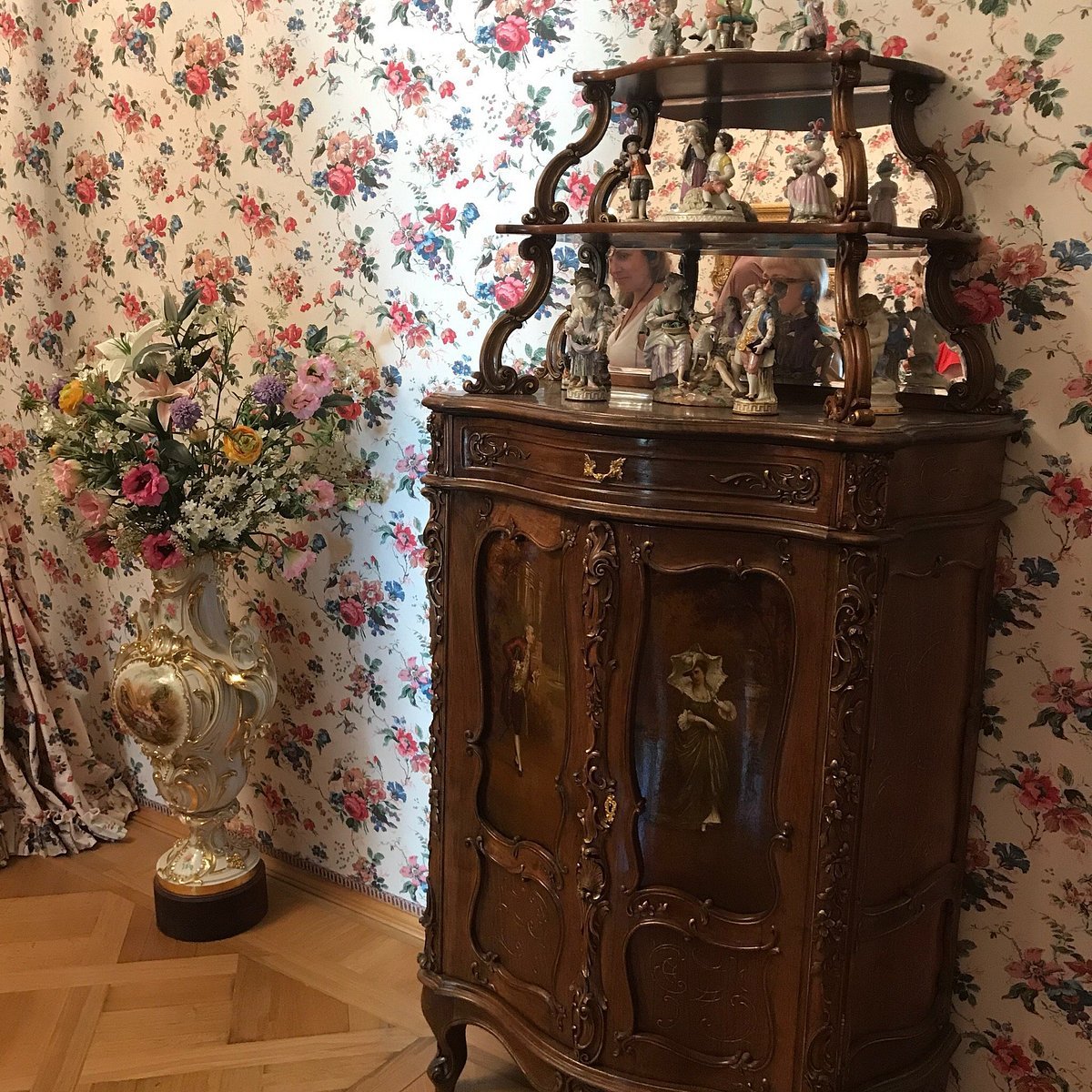
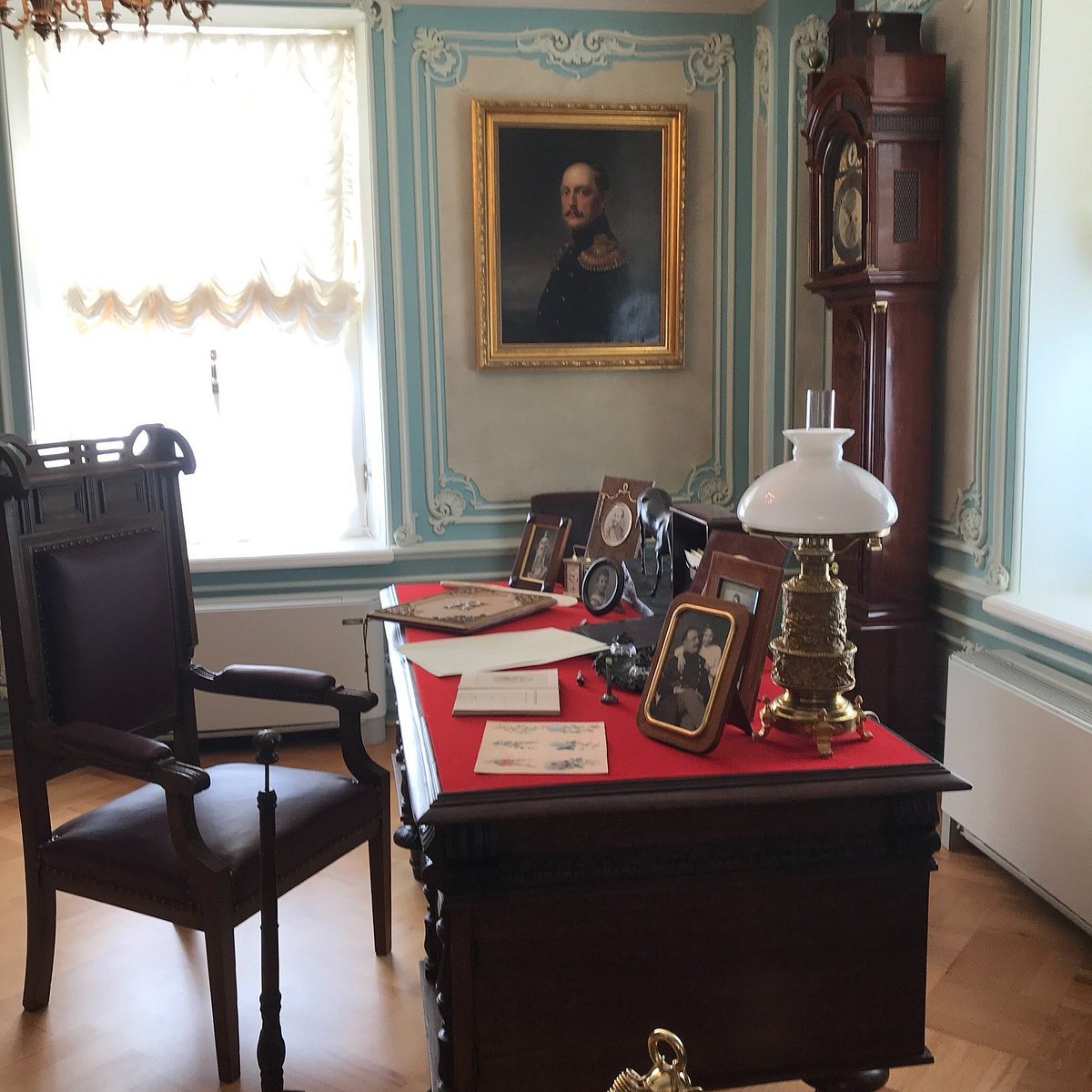
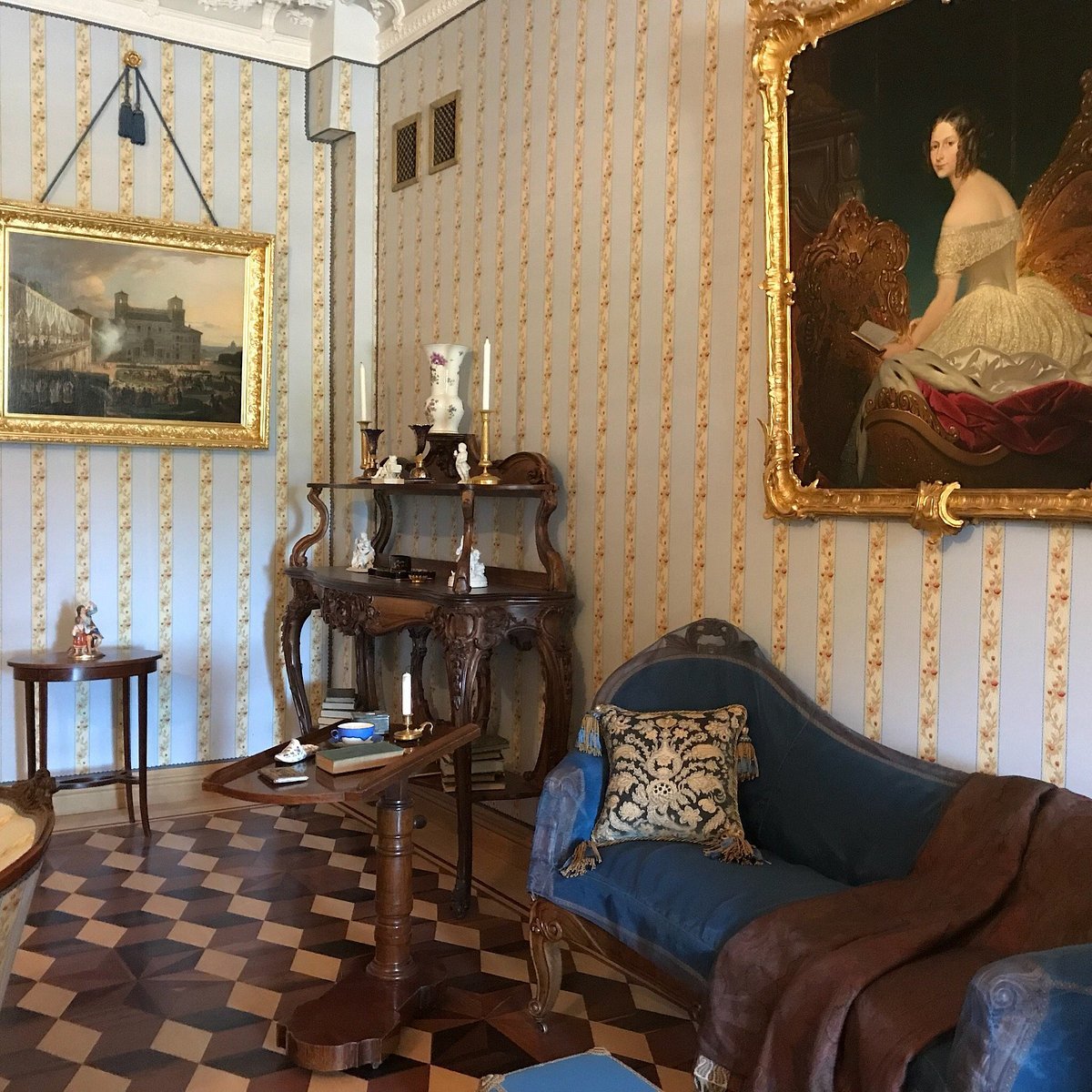
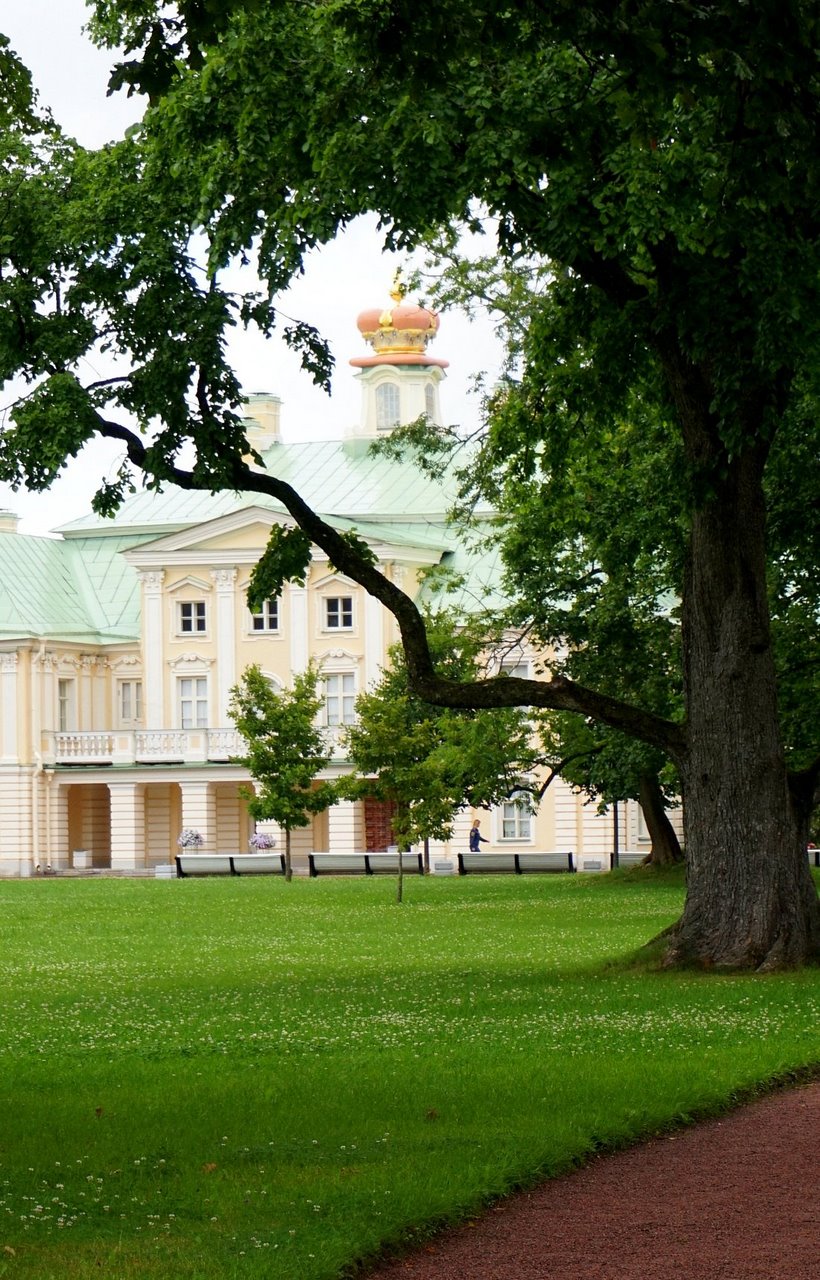
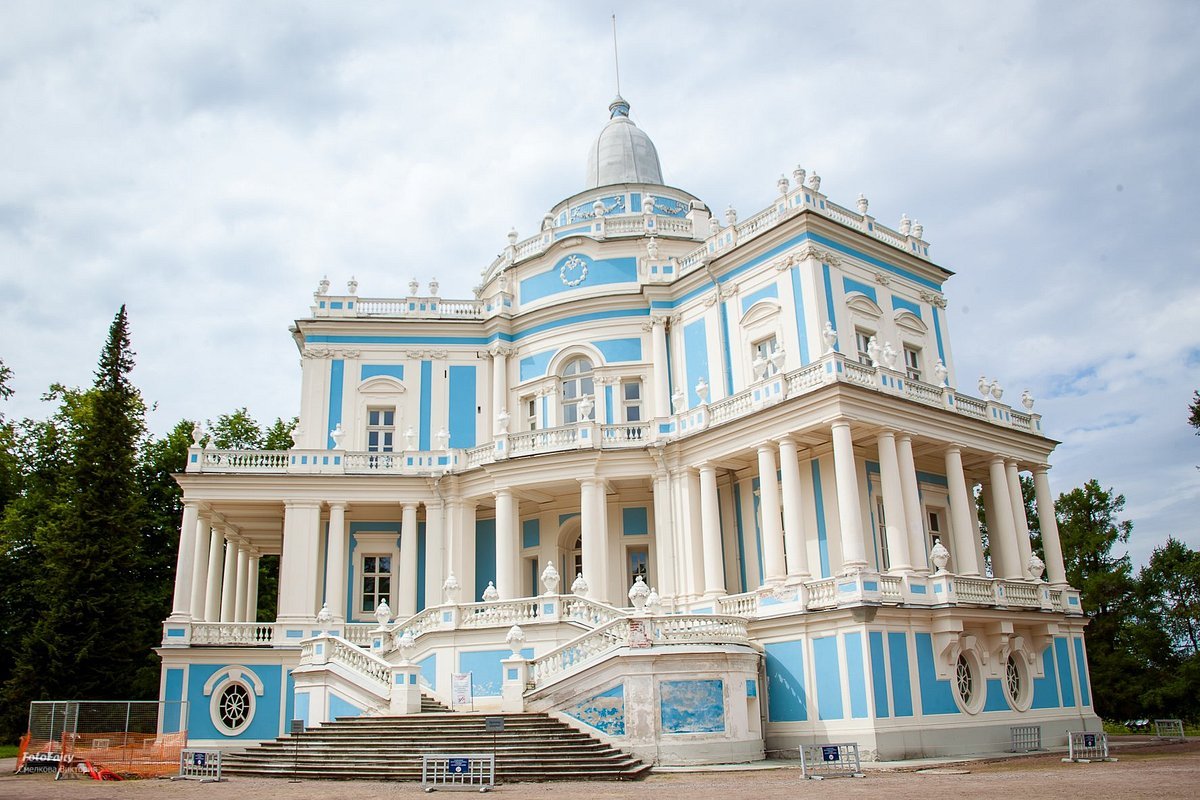
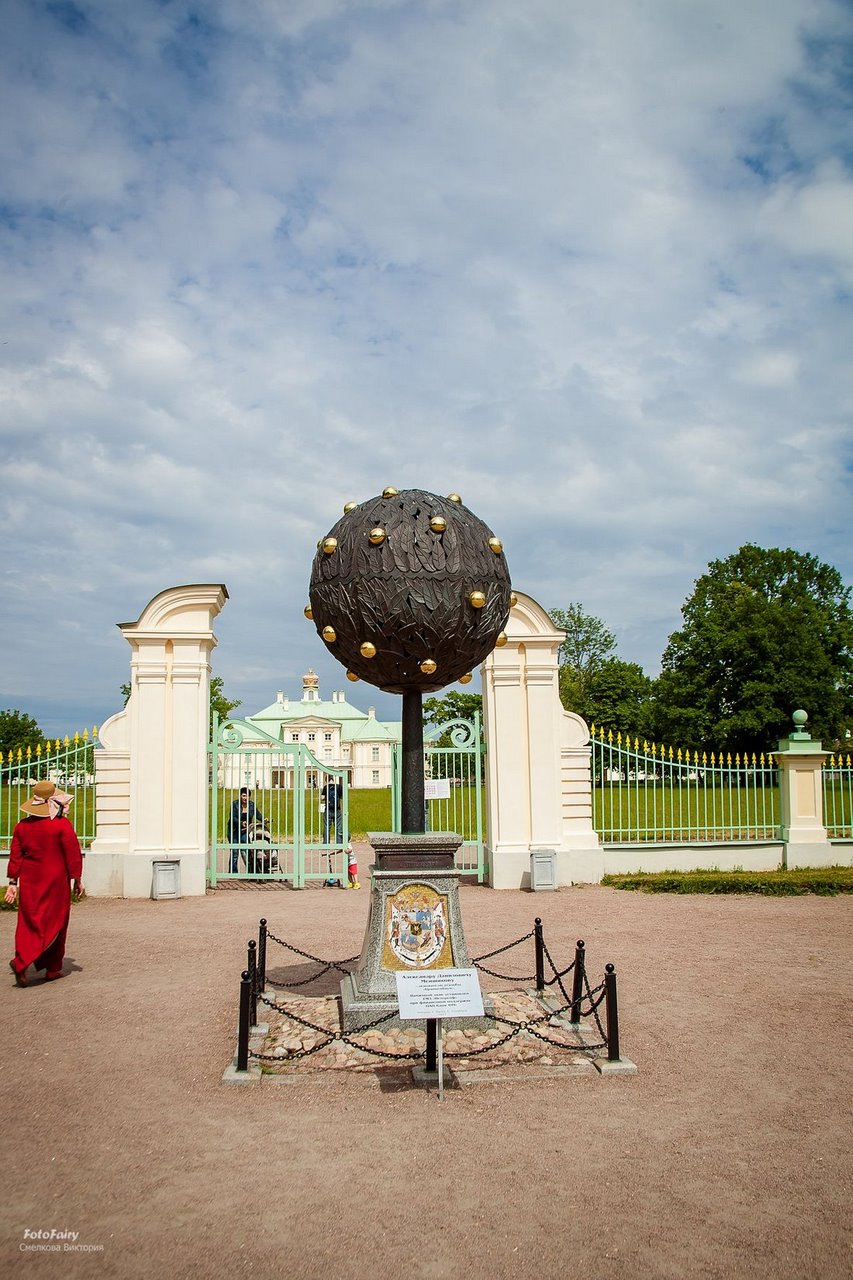
Video: Oranienbaum
Contents- General information
- Best time to visit
- History of Oranienbaum
- Why Oranienbaum?
- Oranienbaum’s main attractions
- Opening hours and ticket prices
- How to get there
General Information
The palace and park complex in Lomonosov is not as dazzlingly lavish as its more visited rival, Peterhof. However, unlike the “Russian Versailles”, Oranienbaum endured the years of the Great Patriotic War with minimal losses, thanks to which the interiors of its buildings have retained their authentic design. There are other advantages that attract lovers of Russian history and architecture to Lomonosov. In particular, only in Oranienbaum you can see buildings in the Rococo style, which is rare for Russia (the complex of Catherine the Great’s own dacha).
.
Informative and fascinating excursion will turn out and for guests interested in such extraordinary historical figures as A. D. Menshikov and Peter III. The first in the local museum is devoted to a whole multimedia exposition, and about the second will tell the subjects of personal collection and the interior decoration of the palace of Peterstadt. And walks along the paths of the Upper and Lower parks of Oranienbaum in search of miraculously preserved mini waterfalls, feeding wild ducks in the ponds and visiting the local menagerie can become a separate type of entertainment for adults and small tourists.
.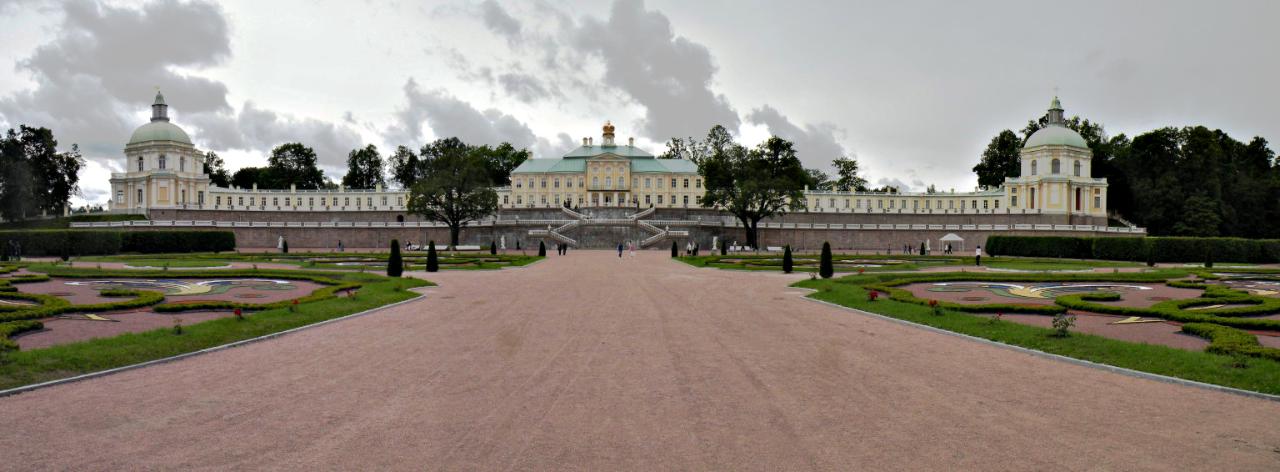
Best time to visit
From an educational point of view, Oranienbaum is a pleasant surprise at any time of year, so if you’re planning mostly museum tours, come to the tsar’s country residence whenever you feel like it. But for evaluation of landscape and park arrangement, romantic photo sessions and boating in the pond of the Upper Park it is better to choose spring-summer season or at least early fall. It is during these periods that Oranienbaum looks most picturesque, allowing the imagination to build an extremely realistic image of the complex and at least roughly understand what impression it made on foreigners in its heyday.
.History of Oranienbaum
Today, the name of one of the most beautiful sights of St. Petersburg’s suburbs is associated with the Romanov family. However, the first owner of Oranienbaum was A. D. Menshikov. The lands on the shore of the Gulf of Finland were given to the favorite of Peter the Great by the sovereign himself, where he built the Grand (Menshikov) Palace and arranged a greenhouse with pomerantz trees. The main purpose of the building was to cause surprise and envy of foreign nobles entering the country, as the possession of the tsar’s associate was located just on their way to St. Petersburg.
.After Menshikov’s disgrace and exile, Oranienbaum became state property. And already in 1743 Empress Elizabeth Petrovna presented the residence to the future heir to the throne – Peter III. In different years the owners of the Menshikov estate were also Catherine II, Alexander I, Grand Duke Mikhail Pavlovich. By the way, the grave of the last heir of the estate Duke G. G. Mecklenburg-Strelitsky is located on the territory of Oranienbaum itself, in the Upper Park.
.Why Oranienbaum?
.There are four relatively plausible versions of the origin of the name of the landmark. The most common of them attributes the origin of the word “Oranienbaum” to Menshikov’s greenhouse with pomerantz trees. Allegedly, the vain favorite ordered to fix over each sapling tablets with the inscription Orangenbaum, so that ignorant visitors could understand what kind of curiosities grow in his lands. The order was executed immediately, but they made a mistake when writing it, “renaming” the Pomeranian from Orangenbaum to Oranienbaum. In favor of this assumption is the fact that the coat of arms of the architectural complex depicts an orange (pomeranian) tree.
.Part of historians suggests that the name of the architectural ensemble could give the German city of Oranienbaum. A third version points to a direct connection between the root “Oranien” and the English king William of Orange. It is also well known that during the construction of the Grand Palace, the most luminous prince tried very hard to please Peter. Therefore, it is possible that the residence was named in honor of the Voronezh Menshikov estate Oranienburg, which previously received its name from the same sovereign.
.Main sights of Oranienbaum
The palace and park ensemble in Lomonosov did not arouse serious interest of the Ministry of Culture until the 90s of the XX century. As a result, Oranienbaum, almost unharmed during the Great Patriotic War, began to deteriorate and deteriorate under the influence of natural factors, as well as due to the lack of timely repairs. And although today most of the country residence has been put in order, restoration work on its territory is still underway. Accordingly, when visiting it is worth resigning to the fact that access to some locations of the complex may be elementary closed.
.Grand Menshikov Palace
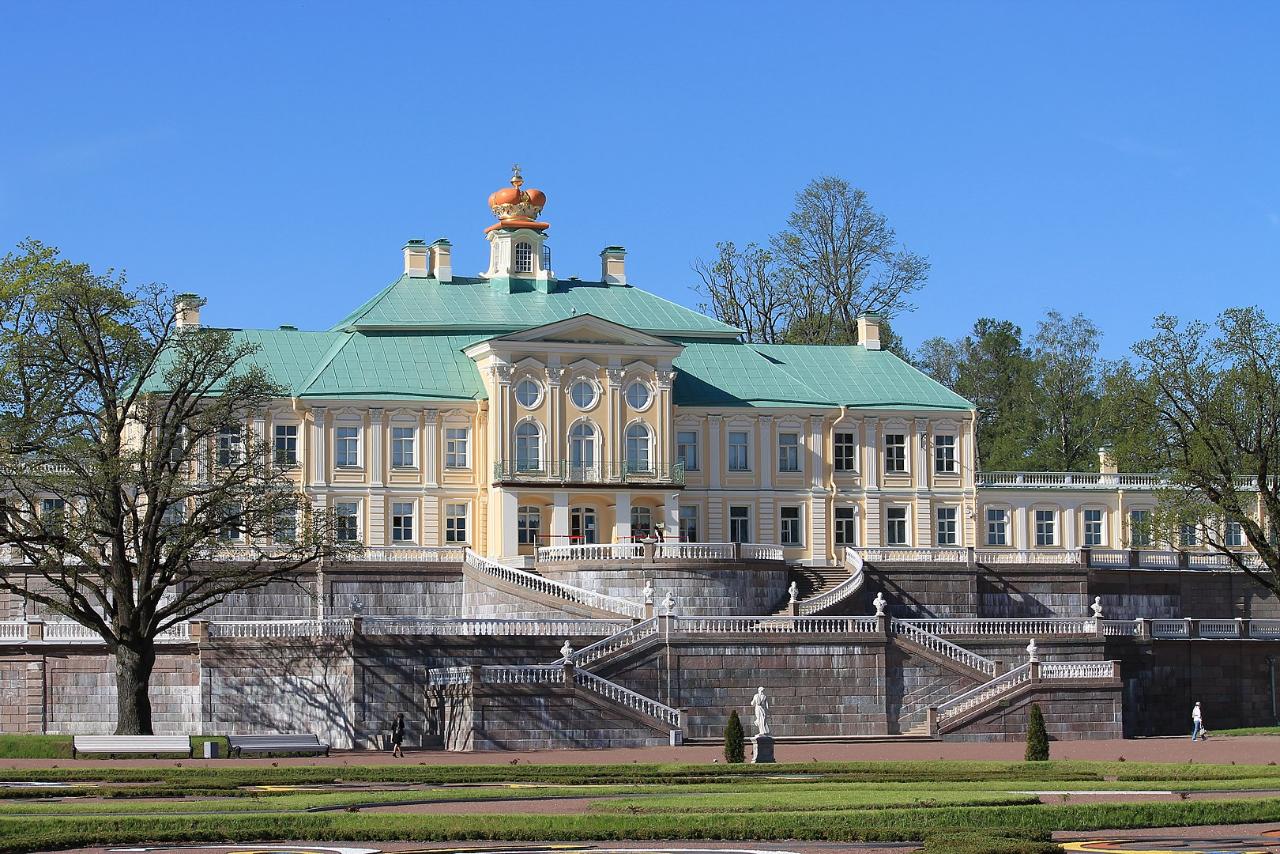
.
It is completely free to walk around the exquisitely decorated chambers of the Grand Menshikov Palace. The following rooms are available for inspection and tours: the bedroom, the study of the Dukes of Mecklenburg-Strelitsky, the Great Study, the White and Crimson Halls.
.
The galleries of the main architectural dominant of Oranienbaum end with two pavilions, one of which housed the house church of Panteleimon, which received parishioners until 1921. With the beginning of the Great Patriotic War the whole iconostasis and wall images of the palace church were hastily taken to Peterhof for the purpose of preservation, but they were never saved. In this regard, it is customary to sign up for a tour of the Panteleimon Church not for the sake of icon-painting masterpieces, but solely because of its rich history.
.The Sea Canal and the Picture House Museum
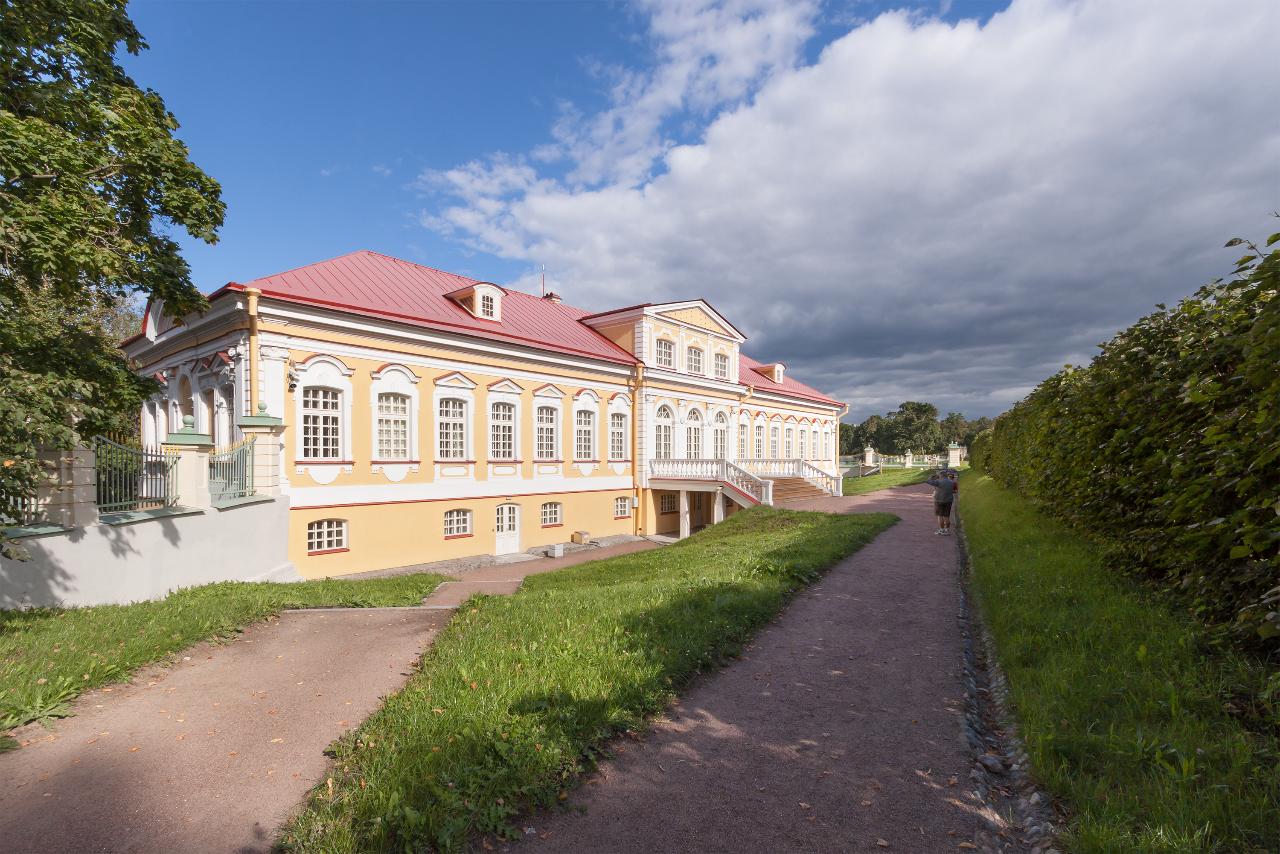
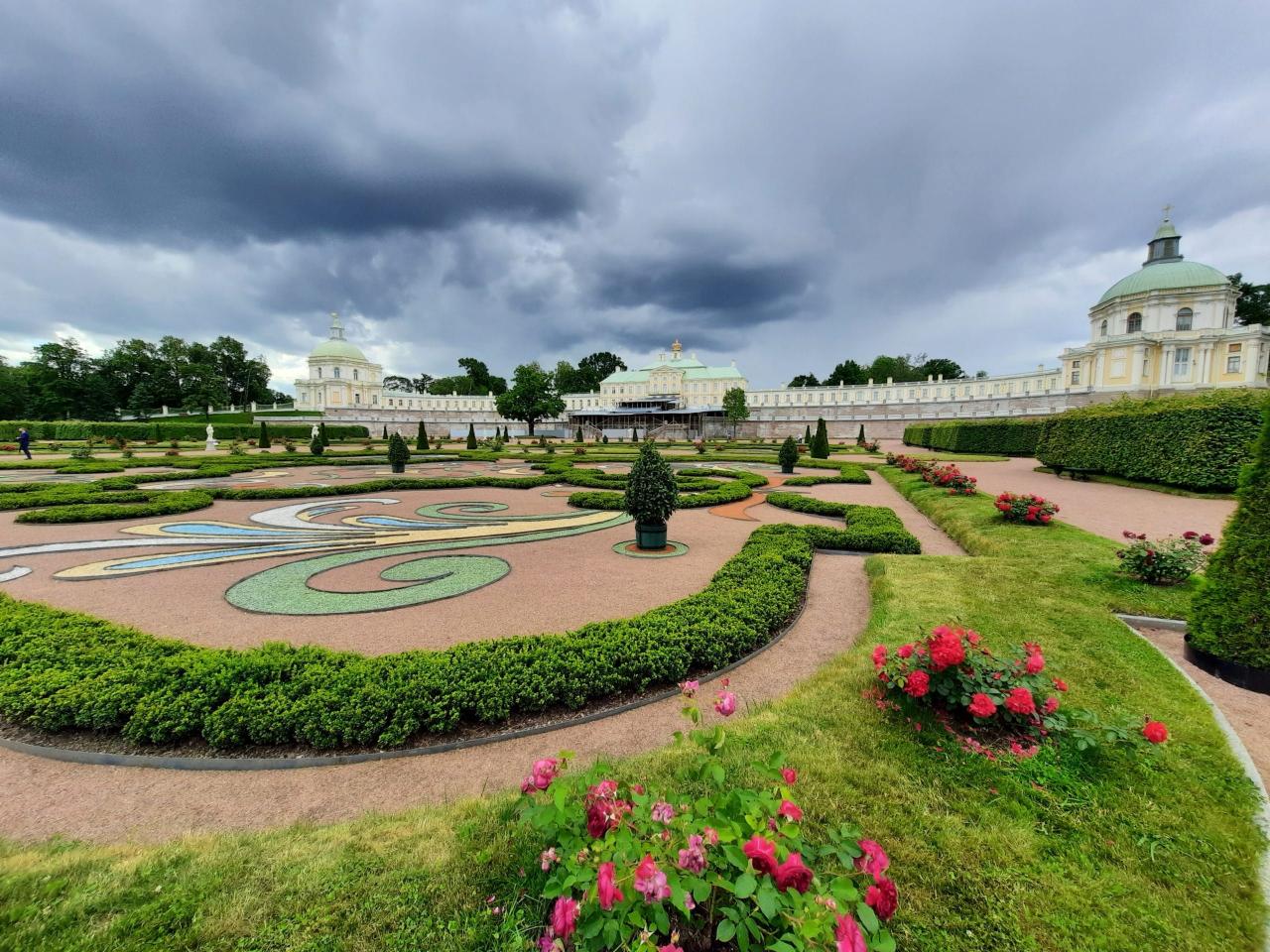
The Upper Park, located to the south and west of the Grand Palace, has not lost its historic appearance, which was finalized by the 19th century. So if you like to walk among spruces, firs, birches and oaks, periodically looking for hidden in the thicket of stone bridges – the atmosphere of this part of the complex is definitely for you. And you can make promenades and create new routes as much as you like – the total area of the park is 160 hectares, including the territory of Peterstadt and Own Dacha. In addition to alleys and ancient bridges, the Upper Park is also the buildings of the pavilions Stone Hall and Chinese Kitchen (temporarily inaccessible to tourist groups due to restoration), the building of the Cavalry Corps, as well as the Pergola gazebo.
.Peterstadt
